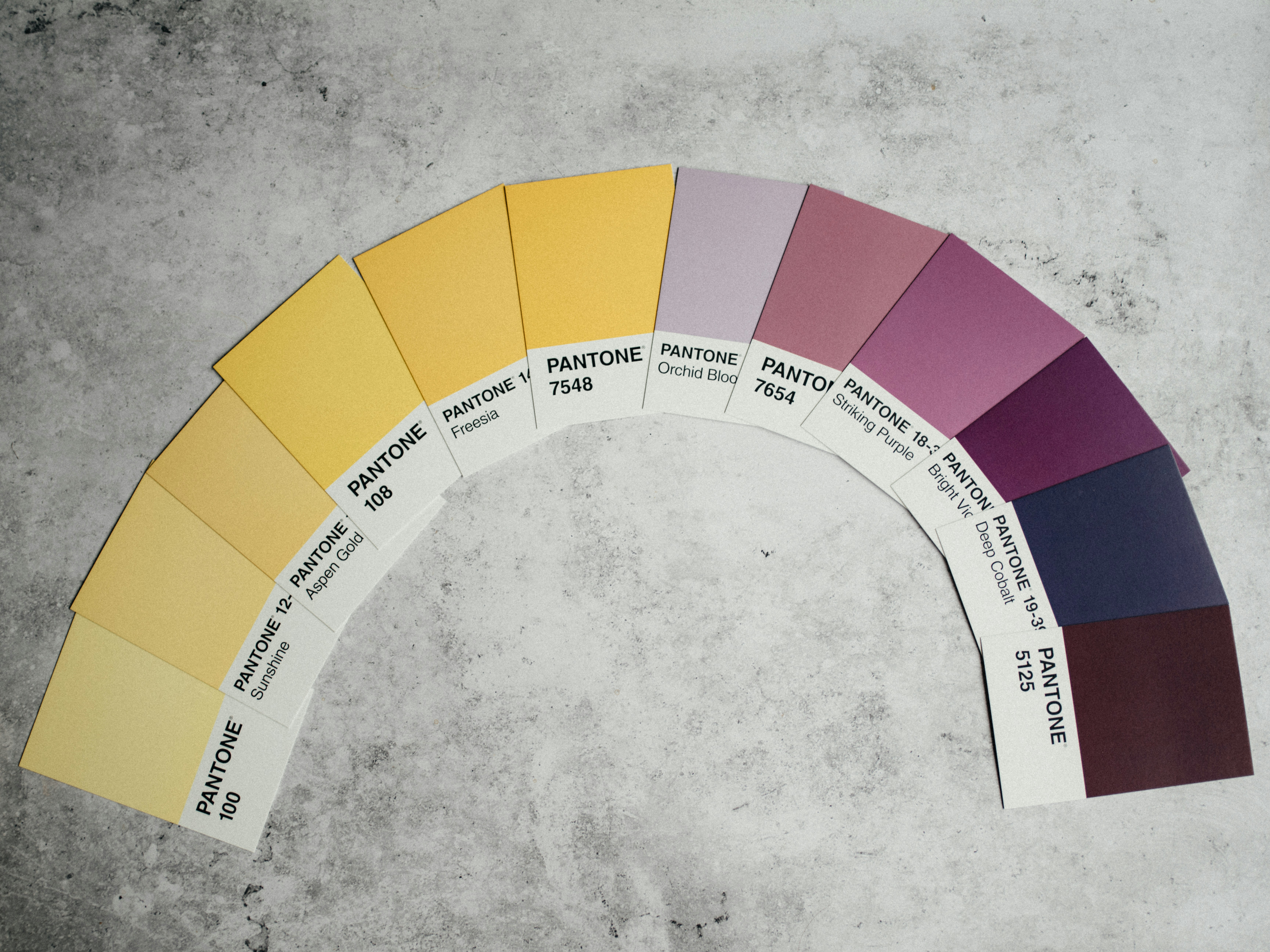The Biophilia Effect: Harness Indoor Plants for Emotional Resilience
Did you know that simply surrounding yourself with indoor plants can transform not just your space, but your emotional resilience and productivity as well? This phenomenon, known as the Biophilia Effect, highlights our intrinsic affinity for nature and showcases how integrating greenery into our living and working environments can enhance our mental well-being. In a world that has become increasingly fast-paced and technology-driven, prioritizing our emotional health is more essential than ever. By introducing indoor plants into our homes or workspaces, we can create an atmosphere that nurtures not just our physical environment but also our emotional landscape.
Understanding the Biophilia Effect

The term "biophilia," coined by renowned American biologist Edward O. Wilson, refers to the inherent human inclination to connect with nature and other forms of life. This connection dates back to our ancestors who relied on natural surroundings for survival. Today, even in urban settings, engaging with nature remains vital for our emotional and psychological health.
Research has shown that exposure to natural elements promotes well-being by reducing stress, enhancing mood, and even improving cognitive function and creativity. One compelling study from the journal Environmental Health Perspectives highlights that individuals with access to green spaces report a lower incidence of stress and anxiety. Thus, incorporating indoor plants becomes an accessible method to tap into this natural connection.
The Science Behind Indoor Plants and Mental Health

How do indoor plants affect our mental health? The answers lie in both biology and psychology.
Reduced Stress and Anxiety

Indoor plants have a remarkable ability to lower cortisol levels, the stress hormone. The sight of greenery stimulates the parasympathetic nervous system, encouraging relaxation. When we see lush foliage or vibrant flowers, our brains respond with a sense of calm. A study published in the Journal of Physiological Anthropology found that participants exposed to indoor plants exhibited significantly lower stress levels compared to those in a bare space.
Enhanced Focus and Productivity

In addition to emotional resilience, indoor plants can directly influence productivity. A study by the Horticultural Society of America found that just having plants within sight can enhance concentration and attentiveness. The presence of greenery increases the flow of oxygen, which is critical for brain function. Furthermore, plants improve air quality by absorbing pollutants and releasing oxygen. Better air quality translates into better cognitive performance, making it easier to focus on tasks and projects.
Improved Mood

Many people can attest to the mood-boosting effects of nurturing houseplants. The act of caring for a plant creates a sense of purpose and responsibility, which can elevate one's emotional state. Studies suggest that even the mere act of watering or touching plants can invoke feelings of calm and satisfaction. Additionally, surrounding oneself with greenery increases the production of serotonin, the happiness hormone.
Choosing the Right Indoor Plants for Your Environment

Now that we understand the benefits of indoor plants, it's time to explore which ones are best suited for your space and needs.
Low-Maintenance Varieties
If you struggle to keep plants alive, fear not! Here are several low-maintenance options:
- Snake Plant (Sansevieria) – Resilient and adaptable, snake plants can thrive in multiple conditions, making them perfect for beginners.
- Pothos – Known for its stunning trailing vines, pothos is almost impossible to kill and cleans the air of toxins.
- ZZ Plant – Drought-resistant and tolerant of low light, the ZZ plant is a great choice for neglectful plant owners.
These options can help you effortlessly enhance your space without adding to your stress.
Aesthetic and Air-Purifying Choices
If aesthetics and air quality are your priority, consider these beautiful plants that also purify the air:
- Peace Lily – With its elegant white blooms, the peace lily removes harmful pollutants while adding beauty to your home.
- Spider Plant – This resilient plant not only beautifies your space but is also an air purifier. It's known for its ability to absorb carbon monoxide and xylene.
- Areca Palm – The areca palm can act as a natural humidifier, making your environment more comfortable, especially during dry months.
Plants for Productivity Boost
To create an optimally productive workspace, consider these varieties known for boosting focus and memory:
- Bamboo Palm – This plant’s presence can improve overall cognitive function while reducing indoor air pollutants.
- Cactus – Surprisingly, this spiky plant can aid concentration levels. Studies indicate that algorithms work better in the presence of cacti.
- Rubber Plant – This hardy species thrives indoors and is known for indoor air purification, making it an excellent choice for office settings.
Practical Tips for Incorporating Indoor Plants
Now that you've got your plants selected, let’s discuss practical ways to incorporate them into your life.
Create a Plant Care Routine
Designate specific times of the week to water, prune, or reposition your plants as needed. This routine not only fosters the health of your greenery but can also become a mindful practice.
Strategic Placement
Consider where you need emotional support the most. Whether that’s your anchor point in the living room or your desk at work, strategic placement can maximize the benefits. Arrange plants at eye level to allow constant visual interaction, which fosters a connection.
Combine with Other Wellness Practices
Indoor plants shine even more brilliantly when combined with other wellness practices. For example, consider integrating mindfulness practices, such as those discussed in our article on 10 essential mindfulness techniques for stress relief. You might meditate among your plants or even engage in sound healing while being enveloped by nature.
Environmental and Psychological Considerations
Creating a plant-friendly environment requires understanding the psychological aspects of plant care and interaction.
Therapeutic Gardening
Engaging with plants can be a form of therapy. Many people find solace in gardening or nurturing their plants, allowing them to disconnect from daily stressors and find peace in the present moment. This therapeutic aspect can leave lasting impressions on mental health.
Environmental Influence
Plants can also influence your space's overall energy. By positioning plants that promote positive energy flow, such as in the principles of feng shui, you can create a balanced and harmonious atmosphere. Explore how feng shui can enhance your mental health by effectively arranging your home or office spaces for optimal mental wellness.
The Broader Picture: Nature’s Impact on Well-Being
The importance of indoor plants extends beyond personal benefit. The ongoing urbanization of our world has led to diminished access to outdoor green spaces, thereby intensifying the need for indoor plants. They may serve as our link to the calming effects of nature, creating a soothing sanctuary amid bustling lives.
The Role of Biophilic Design
Biophilic design, which emphasizes natural elements in built environments, is progressively gaining momentum in modern architecture and interior design. This approach leverages the Biophilia Effect, enhancing the overall efficiency and emotional experience of spaces we inhabit. To learn more, delve into insightful articles like biophilic design to revitalize your space for better well-being.
Urban Gardening and Community Health
Moreover, community gardens and green rooftops can significantly impact collective mental health. They foster social bonds, provide fresh produce, and actively combat urban isolation, fueling a community’s emotional resilience. By understanding this broader perspective, we begin to appreciate the true value of nature in urban settings.
Final Thoughts
Embracing indoor plants can unlock various benefits for emotional resilience and productivity. By understanding the scientific background and practical applications, you empower yourself to transform your surroundings into rejuvenating spaces that lift your spirits. From the soothing effects of greenery to the increased productivity one experiences with plants nearby, the Biophilia Effect becomes a tangible reality.
It’s time to start on your green journey! Whether incorporating a few succulents on your desk or creating a home garden, every small step contributes to a healthier mindset. So go ahead: surround yourself with nature, breathe deeper, and watch your emotional resilience flourish.
For further exploration into enhancing your well-being, consider reading more on how color therapy can impact your mood and how aromatherapy can elevate your emotional resilience.



